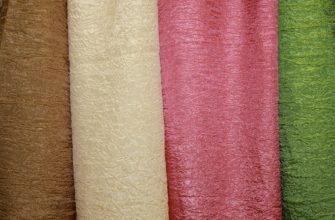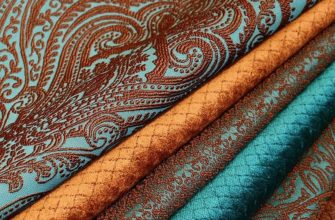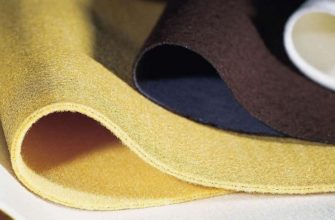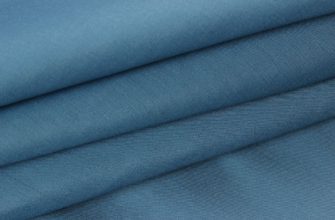The name of the material flock came to the world from the English language and literally means "fluff". On one side the material is smooth, on the other - as if fluffy (very soft). Externally it resembles velvet or velour. So what kind of material is flock?
- What is flock and how is it made?
- Flock: fabric composition and properties, main characteristics
- Features of fabric production
- How it differs from other similar fabrics
- Scope of application
- Advantages and disadvantages
- How to choose a flock covering for a sofa
- Recommendations for the care of flock products
- Reviews
What is flock and how is it made?
The fabric is a velvety material that is obtained by aiming small fibers at one side of the base of the canvas. It is important that these fibers are glued very densely, this is what helps to achieve the desired result. Most often, flock is used as upholstery for furniture at the stage of its manufacture. The material is quite wear-resistant, and has a very affordable cost.
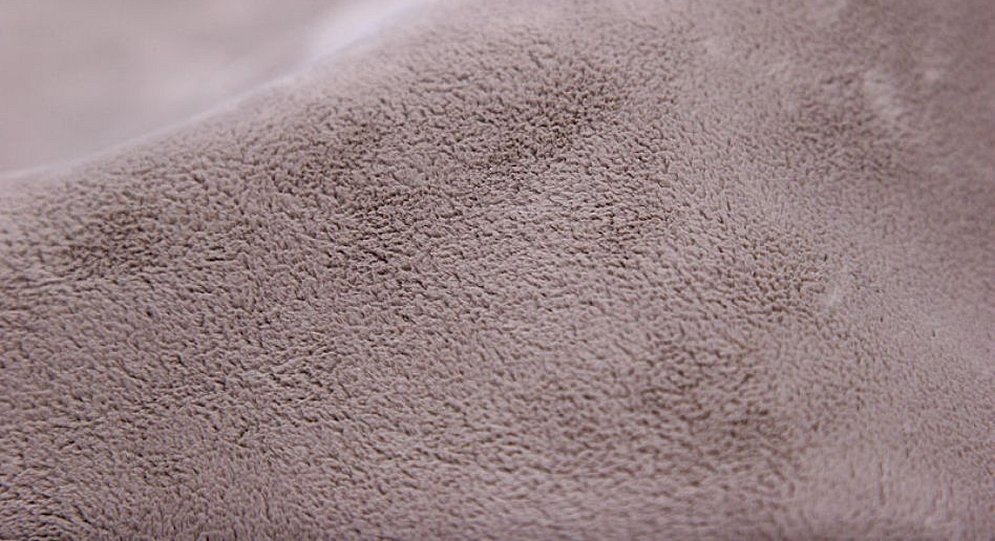
Additional information! The production of flock began in Ancient China. At that time, it looked like this: they took a base, applied a layer of resin to it, and then thickly glued thinly cut fibers. In order for the product to look better, drawings were applied on top. Modern production was established in the middle of the 20th century in the USA. And this happened due to the fact that Americans diligently searched for how to rationally use the waste that remains during the production of textile fabrics.

If we briefly consider the production of flock (the process itself is called electroflocking), it occurs in several stages:
- the canvas is taken and the thinnest possible layer of glue is applied to the fabric base;
- pre-electrified villi are thrown from a special device onto the base and are placed on it strictly vertically, while they form a very dense and uniform coating;
- At the final stage, the fabric is dyed and further processed to improve the properties of the finished fabric and add extra shine.
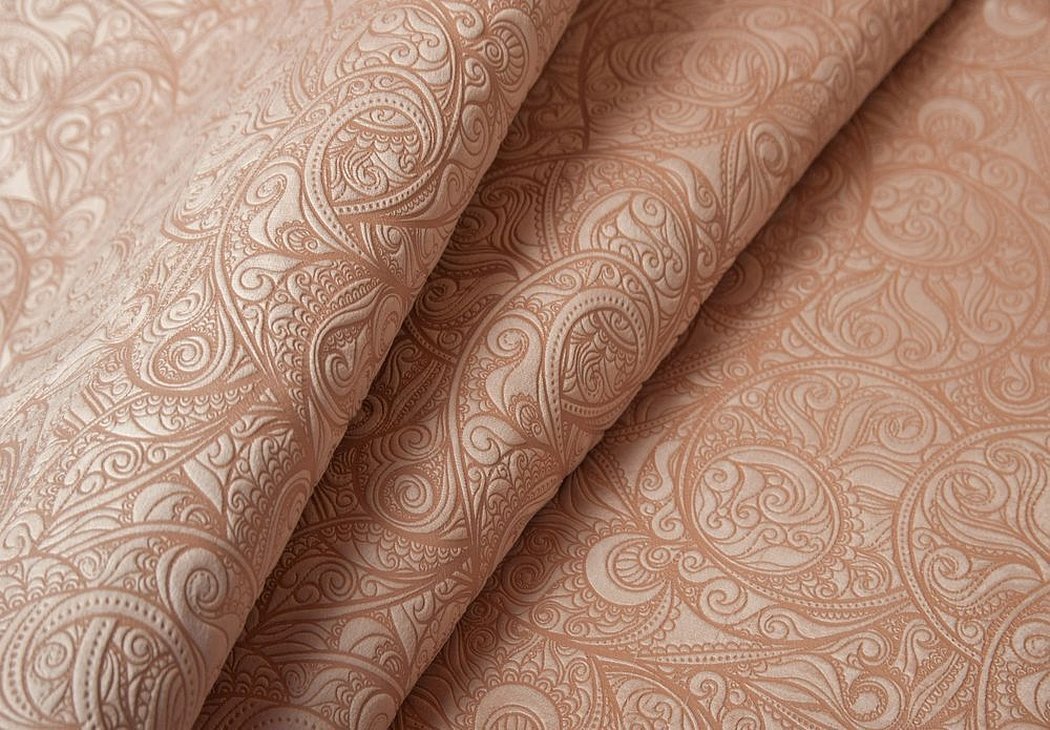
Flock: fabric composition and properties, main characteristics
Flock fabric can be made from different fibers, so based on this, the characteristics and properties may differ. In the modern world, there is a classification of the material, which is determined by the composition:
- Blended is the most popular and sought-after type of fabric, its properties are quite universal. It consists of one part natural fibers to two parts synthetic. Nylon fibers are used as pile in such fabrics, and the base is cotton + synthetics, which are obtained from cotton, viscose, polyester or polyamide.
- Cotton is a very budget option and does not have the best properties. This material is very quickly washed and worn out. The pile absorbs moisture well, which is why it can sweat. Cotton flock is used only on rarely used items or for decorative items.

- Polyamide is a very beautiful and soft material, which is characterized by very high wear resistance. With frequent use, the villi lose their appearance and do not wrinkle at all. Polyamide is very well and evenly dyed, but there is also a weak side - it is very afraid of ultraviolet light. It quickly fades on it. Therefore, most often, a polyamide block is used for rooms where it can serve for many years.
- Polyester - has almost all the same properties as the polyamide type, but is not afraid of ultraviolet light at all. Another difference is that paint does not adhere well to polyester, due to which the market can offer only a very poor selection of dark colors.
- Polypropylene is another inexpensive type of flock material. But as in the case of cotton, it has very weak properties - the villi quickly become crushed and wear out, thus forming bald spots on the canvas.
- Viscose is a completely artificial fabric. Its characteristics are 100% identical to polypropylene.
- Acetate - slightly different from polypropylene and viscose, but is often used to produce artificial fur.
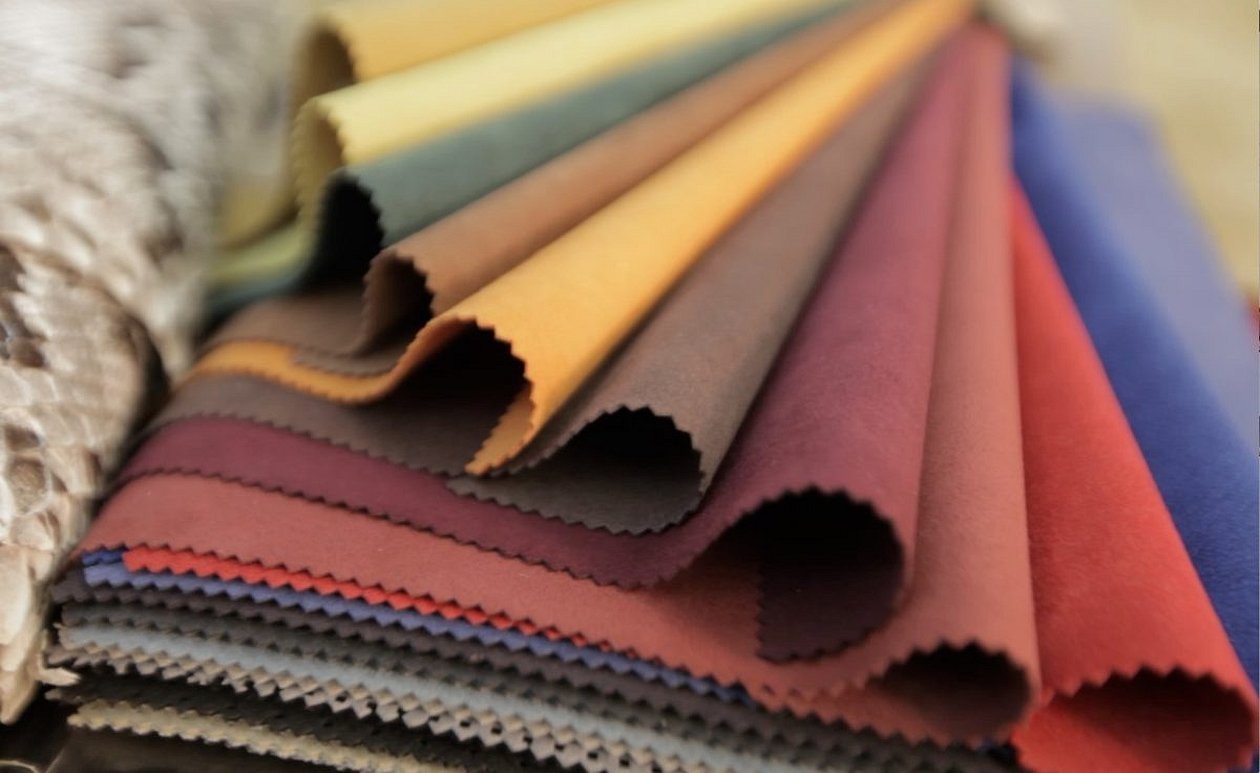
Please note! There is also a separate type of fabric called "flock on flock". It looks very rich and beautiful. This fabric is obtained by applying two layers of pile. The second layer is applied so that in the final version a pattern is formed on the surface of the fabric. This flock is softer, more beautiful and interestingly forms shadows and halftones on its surface.
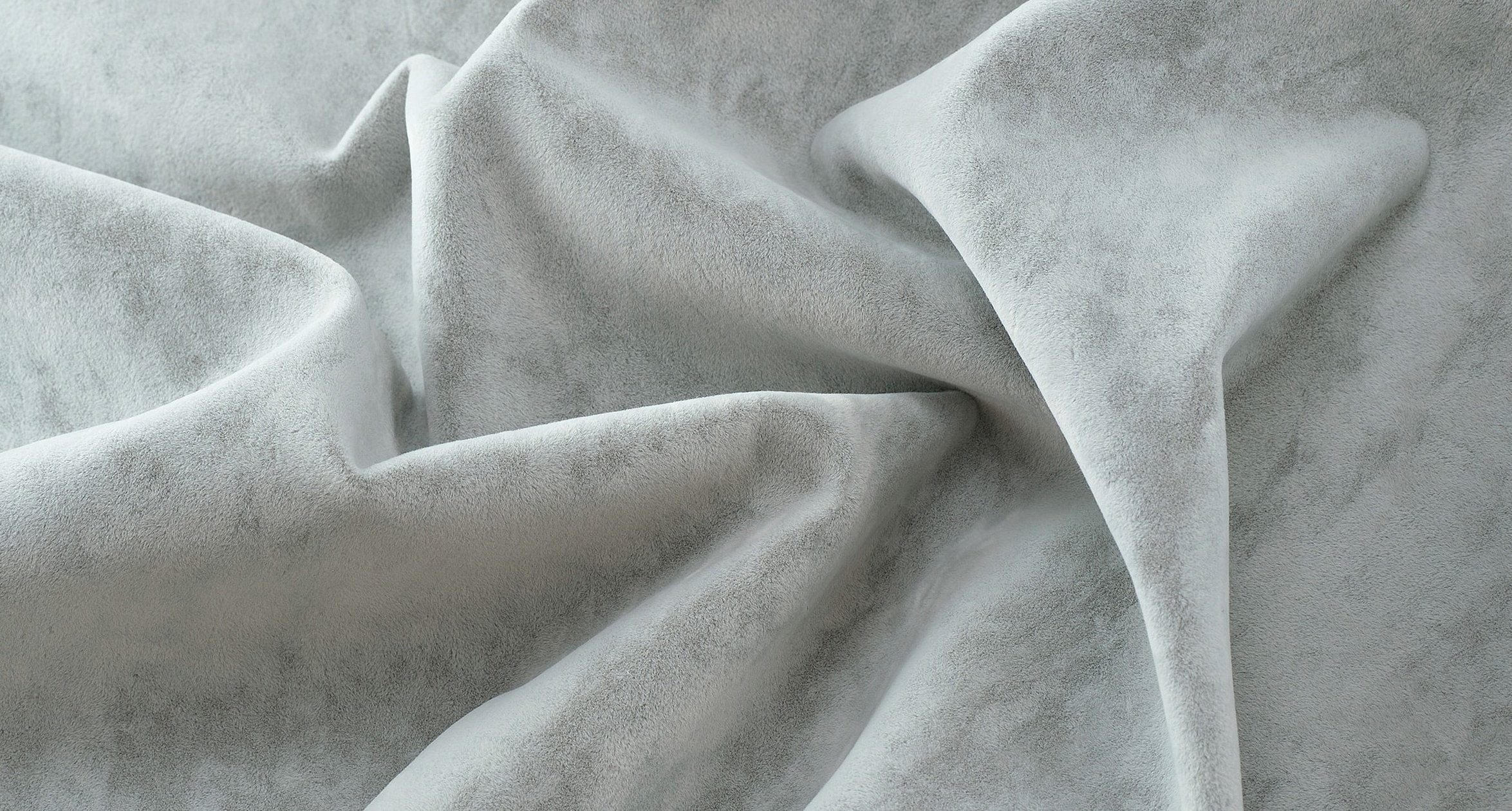
Features of fabric production
As already written above, flock production occurs in several stages. The process uses two parts: the base, which is a dense supporting fabric, and the pile itself. More details about the stages:
- Pile cutting. This stage is necessary to create a soft top layer. Pile is obtained in one of two ways:
- the raw materials are ground into fractions;
- The thread is wound into thick jute and cut into small pieces.
The result is the same in both cases - a pleasant to the touch, homogeneous fiber.
- Dyeing. Most often, it occurs in the second stage, but sometimes the situation can change and dyeing occurs before the cutting process. In general, flock is very well and evenly dyed (with the exception of some artificial types). Firstly, dyes make it possible to diversify the color palette, and secondly, they improve the properties of the fabric, namely, they improve moisture resistance, protect the fabric from ultraviolet radiation and chemical compounds.
- Fabric processing. This is the very last stage where the two components—the base and the pile—are combined into a finished product. This takes place in several stages:
- electrification of the pile by charging with special equipment, due to which the pile is laid evenly vertically on the base;
- spraying - the base is covered with a thin layer of glue and the prepared pile is placed on it;
- fixing - after joining the two layers, the canvas is covered with a special composition, which makes it more uniform, beautiful and with improved characteristics.
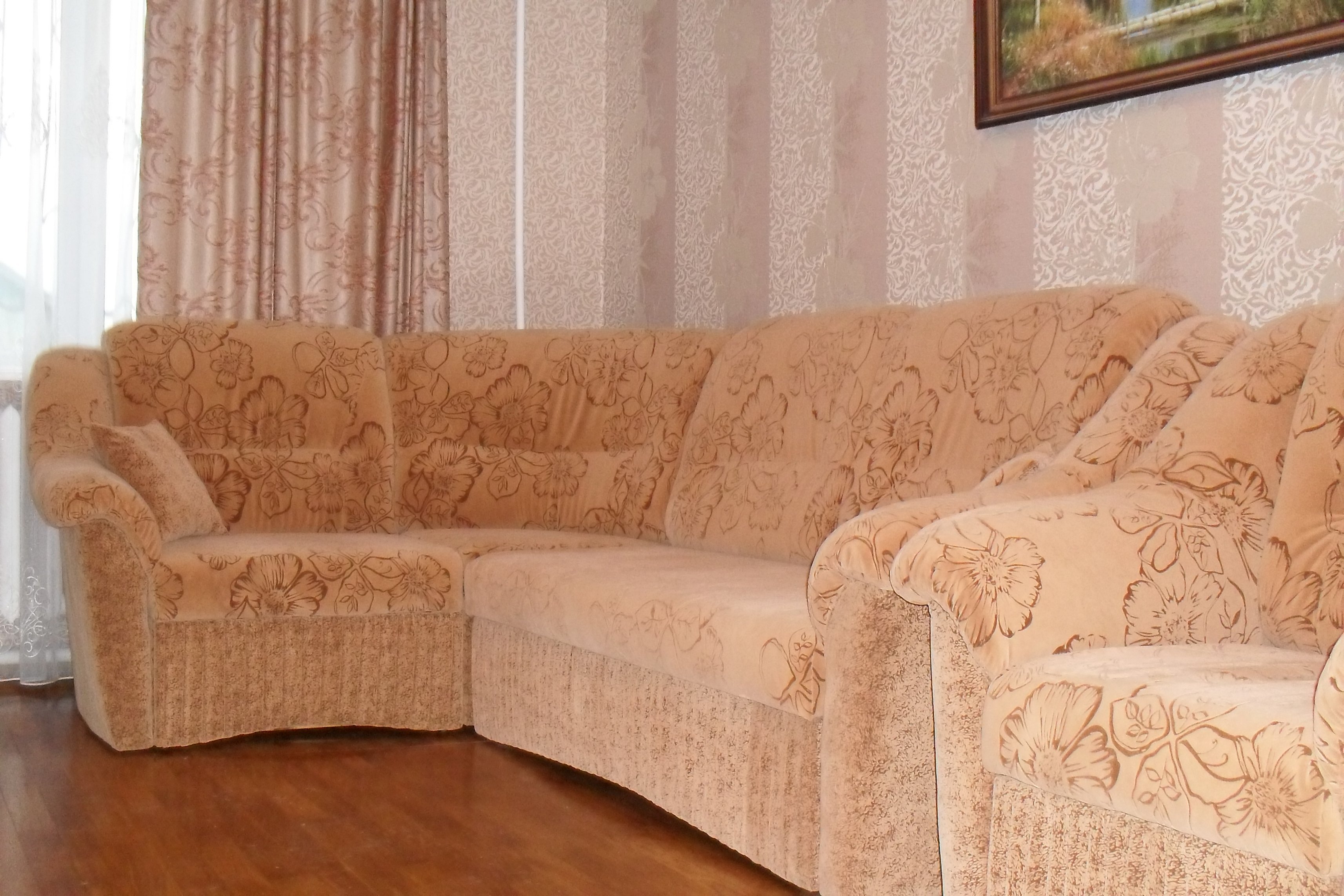
How it differs from other similar fabrics
Flock is far from the only fabric used for furniture upholstery. Along with it, such fabrics as chenille and matting are widely used. However, there are still differences between these materials:
- chenille does not have pile, which tends to wrinkle and wear out, due to which the fabric is more durable;
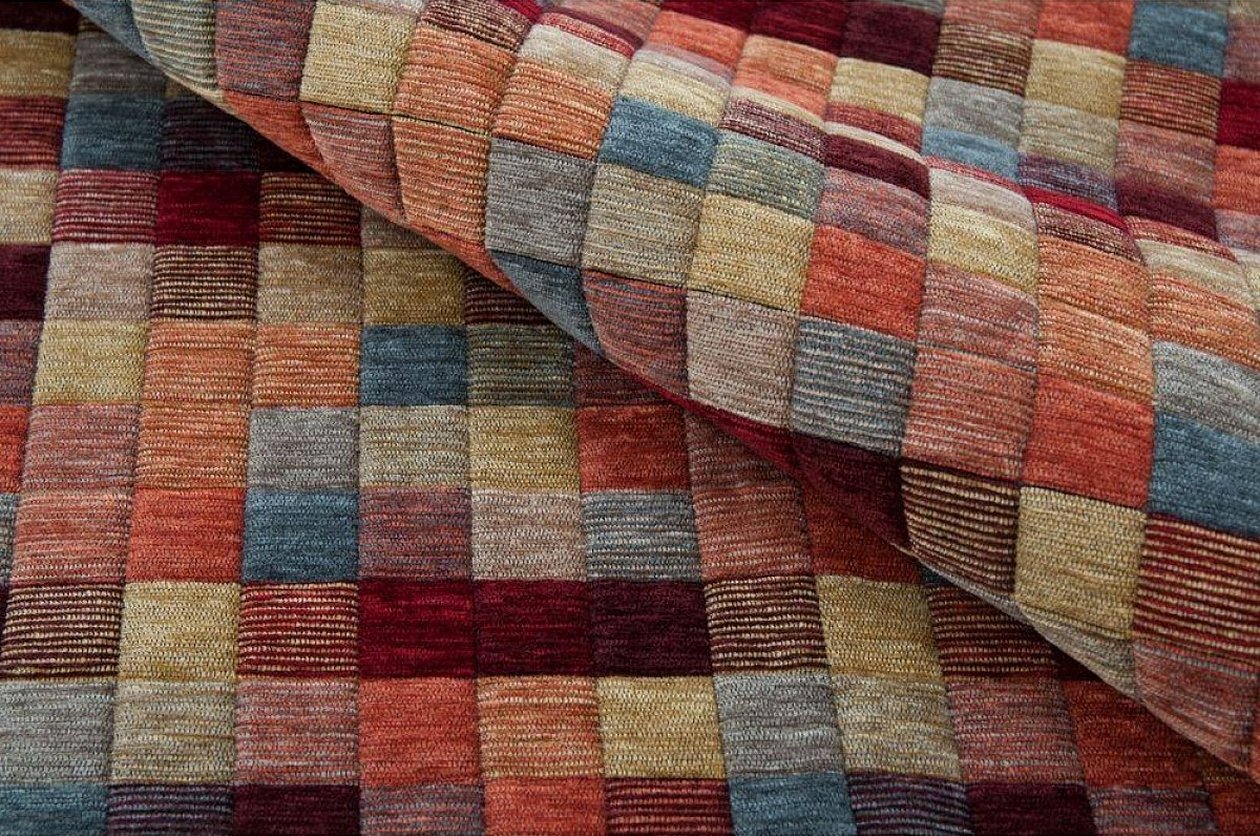
- matting is the strongest fabric, it is tactilely loose and not as pleasant as flock, but at the same time it can serve for a very long time;
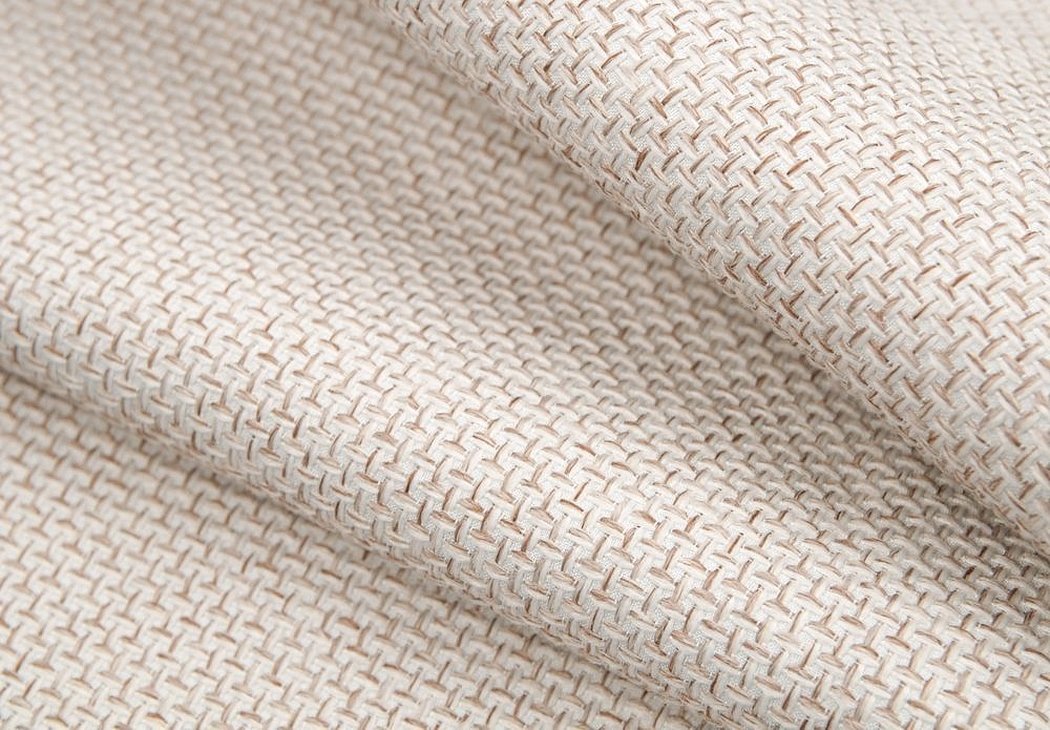
- flock is the most beautiful and soft, and most of its types have an excellent ability to repel moisture, which other fabrics cannot boast of (chenille and matting absorb it instantly).
The choice of fabric directly depends on the intended use and desired qualities.
Scope of application
Despite the fact that folk is mainly said to be a furniture fabric, it has also found good application in the production of home textiles and the automotive industry.
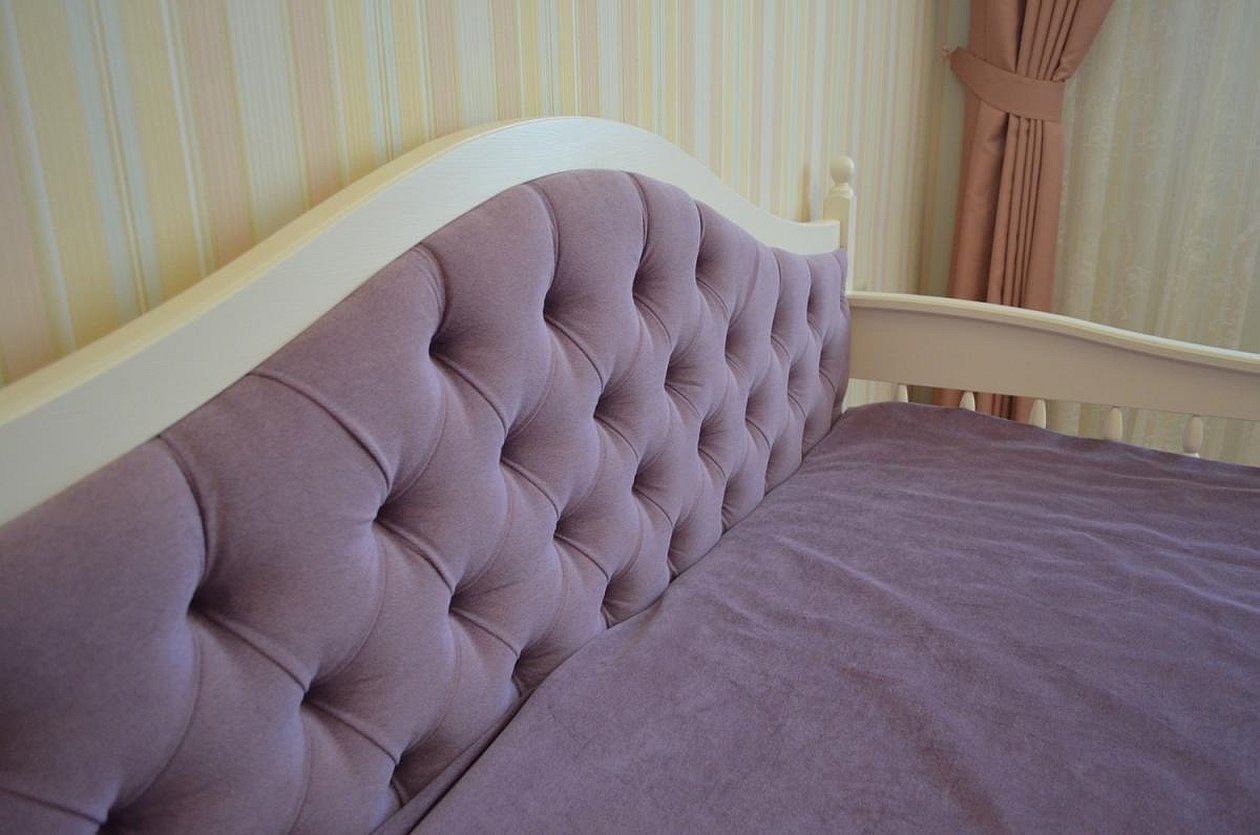
This material is used as:
- upholstery for sofas and armchairs;
- bed upholstery;
- window decoration - it makes good curtains and drapes to replace the usual organza;
- upholstery for car interiors, including seats (not inferior in properties to leather);
- fabric for air mattresses;
- fabric for sewing soft toys and other decorative interior items;
- gift wrapping;
- fabric for sewing clothes - it makes excellent dresses, skirts, shoe patches, etc.
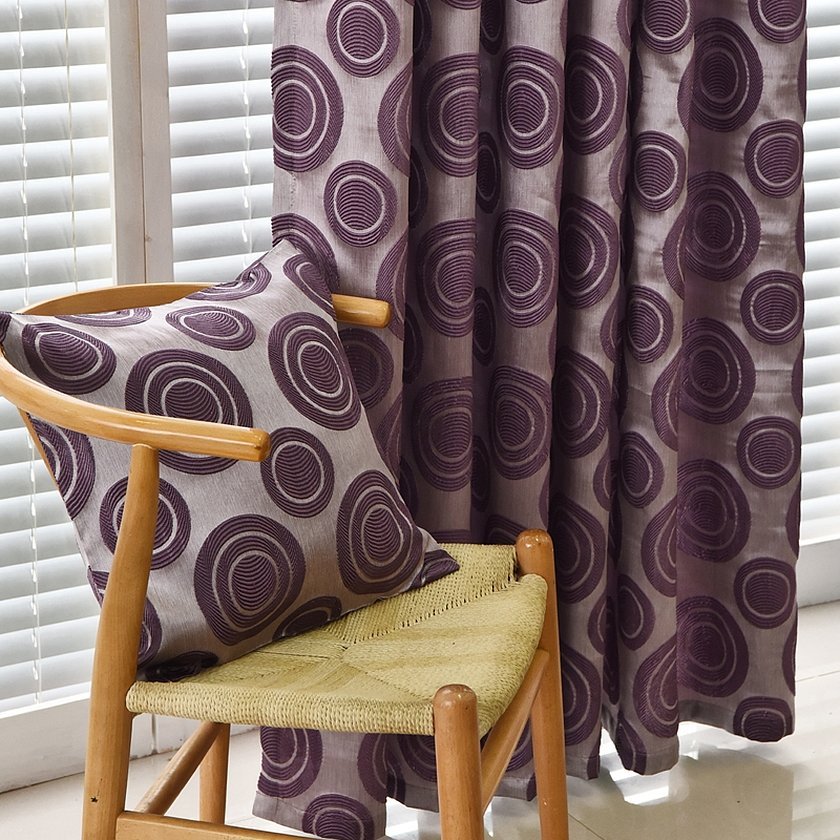
Advantages and disadvantages
Of course, when choosing a material, it is simply necessary to know all its strengths and weaknesses to be sure that this is the right fabric.
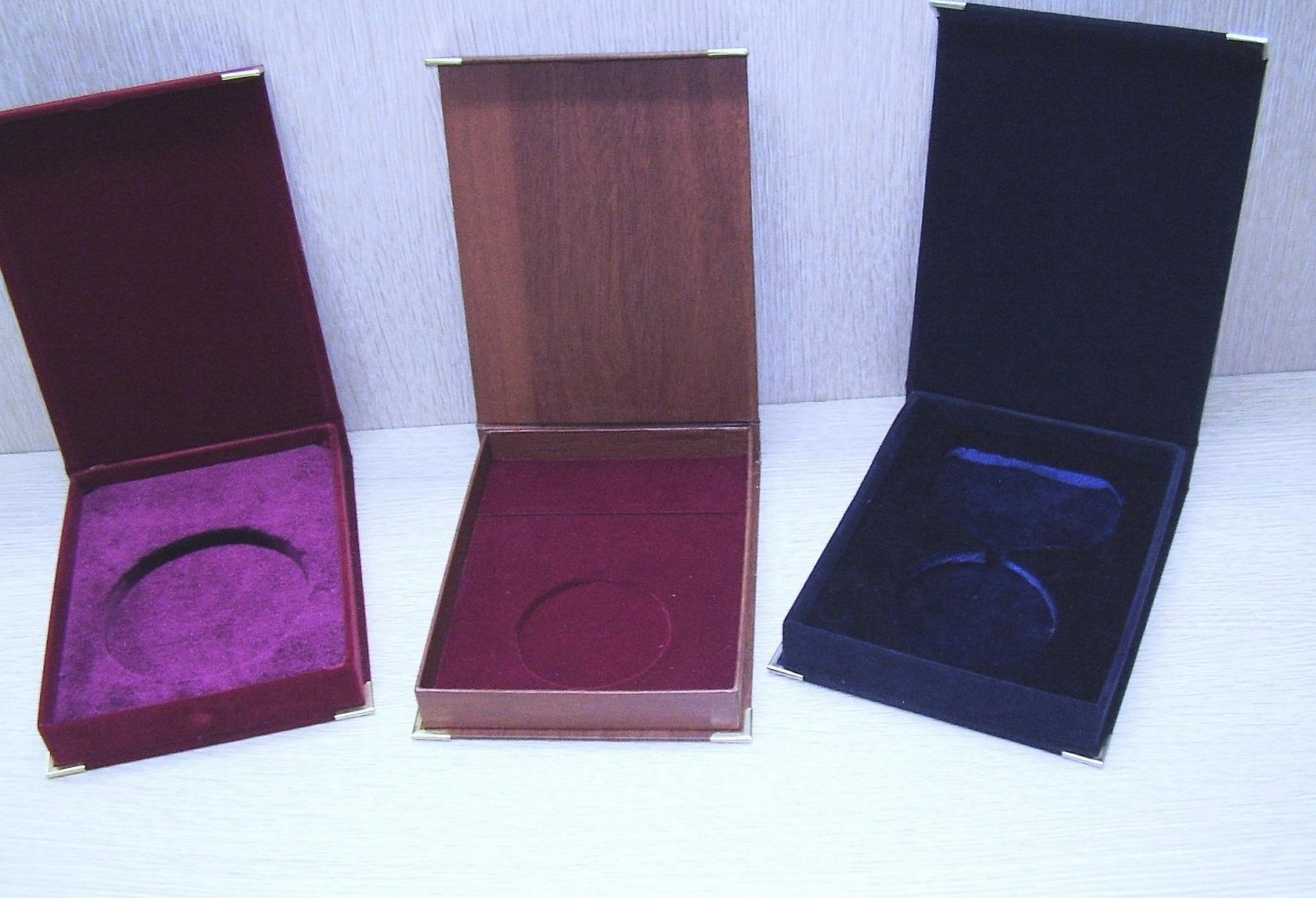
The advantages of flock:
- high density, and therefore the material is more durable;
- resistant to most mechanical influences;
- if there is a cat in the house that likes to scratch its nails on furniture, then flock will be an ideal option, since its anti-vandal properties are very resistant to such types of damage;
- allows air to pass through well (blended fabrics have better this property);
- does not absorb water (this point does not apply to cotton flock);
- the most popular types of this fabric are very wear-resistant;
- does not deform during use - does not shrink or stretch;
- resistant to temperature changes;
- very pleasant to the body and at the same time looks great;
- very easy to care for.
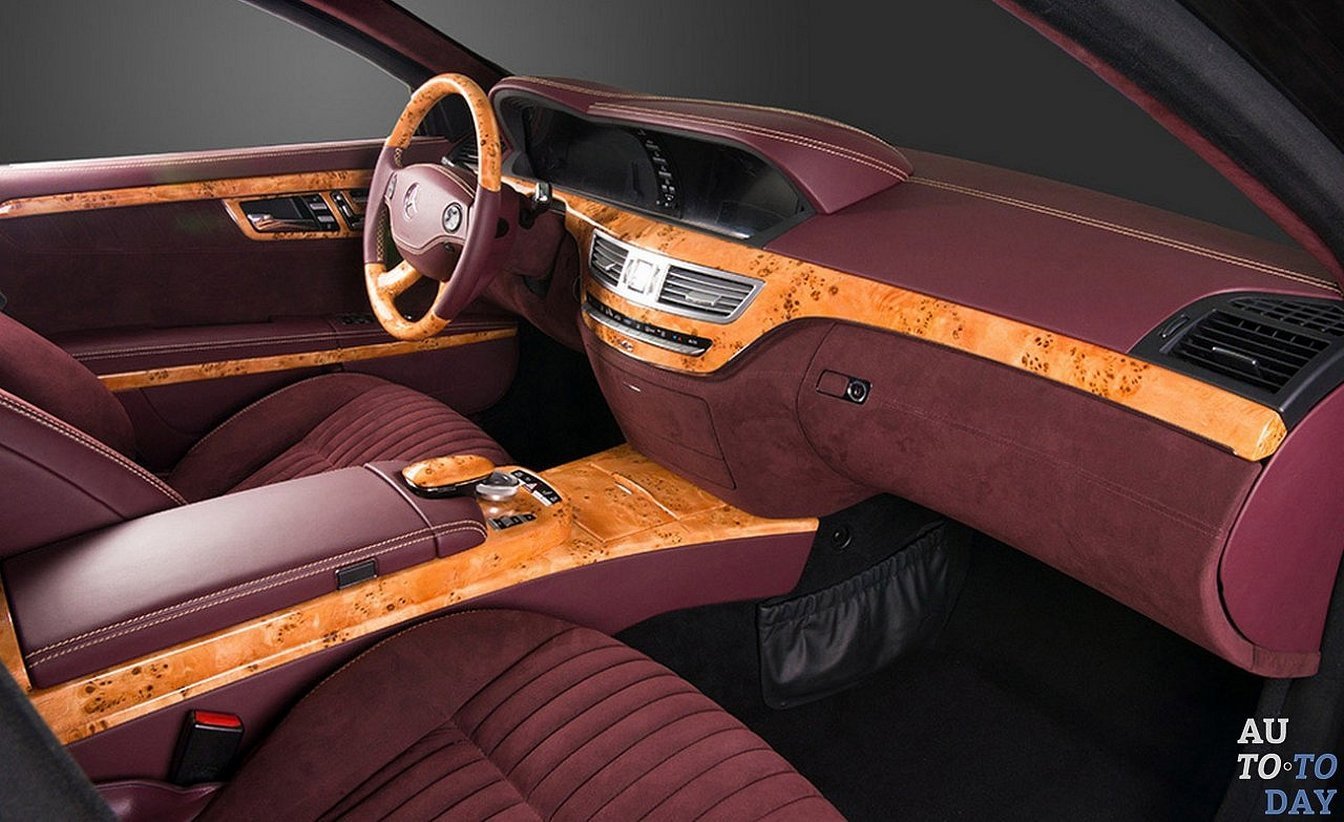
With such a huge number of advantages, there are still some disadvantages:
- the fabric becomes electrified and therefore attracts dust;
- Not all types of flock are wear-resistant - viscose and acetate flocks wrinkle very quickly;
- Natural cotton flock is not suitable for everyday use.
Important! Summing up, we can say with confidence that the fabric's shortcomings are very insignificant. This means that flock deserves the attention of consumers.
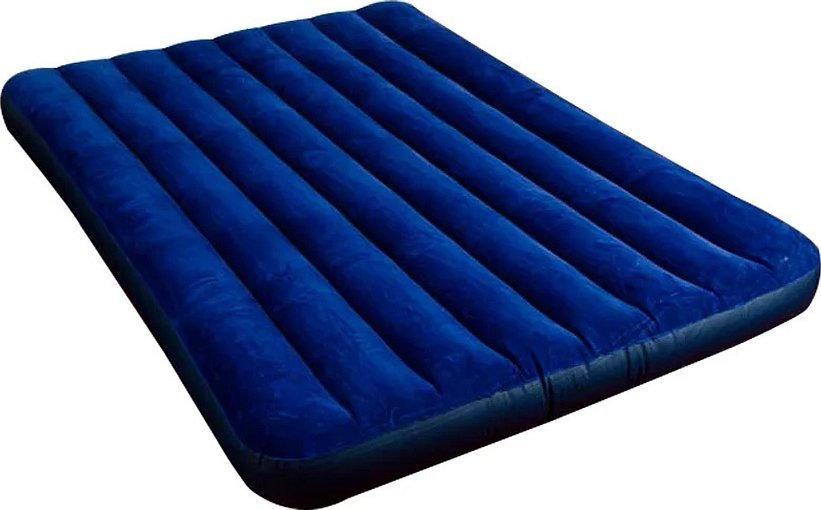
How to choose a flock covering for a sofa
As it was written above, flock is almost the most ideal upholstery option for sofa covering. Of course, the mixed option is best due to its versatility. Sofas with such covering will not be afraid of drafts, dirt and pets' claws at all.
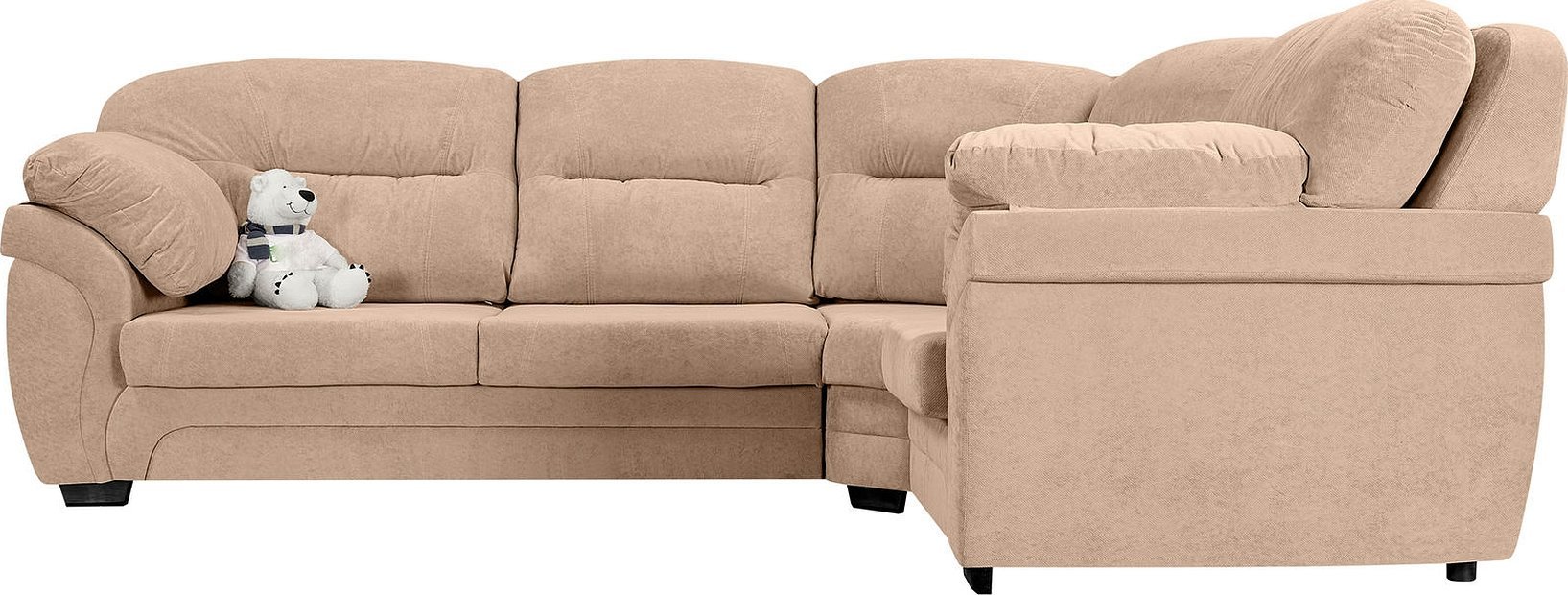
It is better to avoid cotton, acetate and viscose flock. It is better not to place furniture covered with flock fabric in the kitchen and in places where ash can fall on it. It is better not to buy transformable sofas with such a coating, because they will wear out in places of constant bending.
With proper and careful care, furniture with flock upholstery will serve for a very long time without losing its attractive appearance.
Recommendations for the care of flock products
Despite the fact that flock is initially a very strong and durable fabric, it still requires proper care. This is what will help the material last longer and still look as if it just came off the shelf. The basic rules of care are:
- no dry cleaning, because the aggressive chemical compounds used will begin to destroy the adhesive base, as a result, the fibers will have nothing to hold on to and they will simply fall off, after which the entire look will be irrevocably ruined;
- when washing in a machine, choose only delicate modes without spinning, choose gel or liquid soap as a detergent, in no case powder;
- when ironing, follow the instructions on the label (most often this is the synthetics mode and iron from the inside out);
- if a stain appears, remove it without waiting for it to dry using a sponge and liquid soap;
- vacuum the product at least once a week to avoid breathing in all the dust it attracts.
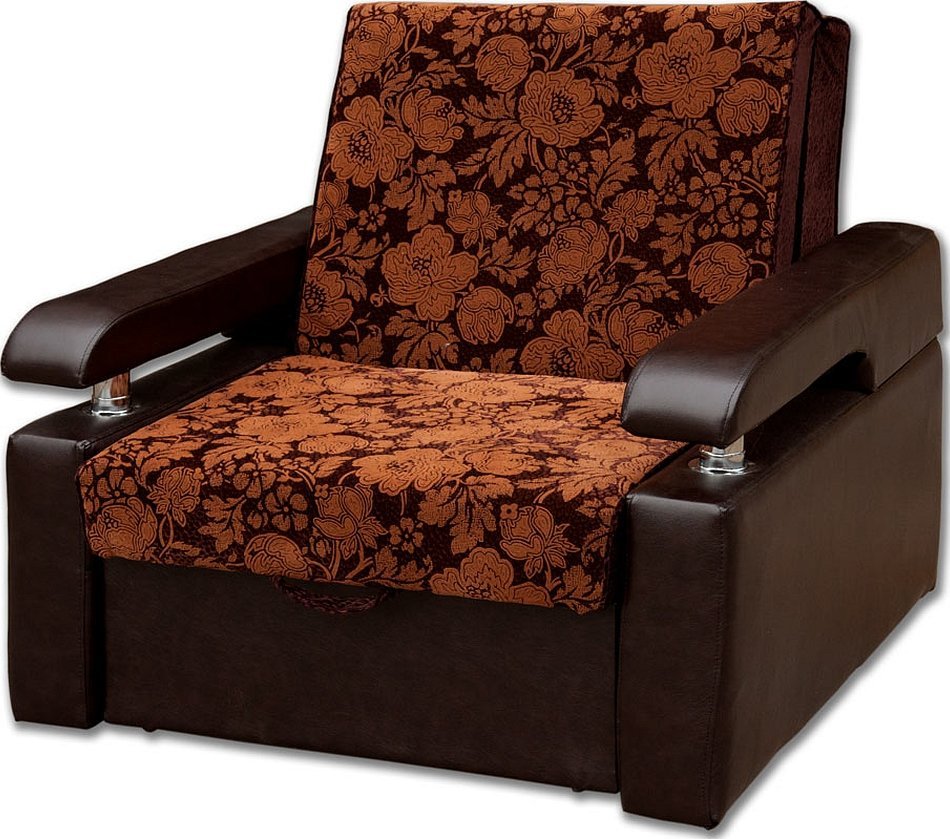
Reviews
Irina, Taganrog: “We spent a long time choosing ready-made furniture in stores, but we still didn’t choose. We decided to order a custom sofa. After we decided on the model, the seller told us to choose what it would be covered with. After consulting, we decided to use flock for the sofa upholstery. Well, what can I say? I don’t regret it for a second. I’ve been using it for three years, and the sofa is like new. Then I went to look at models made of similar fabrics in stores - at first glance it’s hard to tell the difference, but people in the know say that they are all noticeably inferior to flock.”
Karina, Sterlitamak: «Once we bought a flock chair, we remained faithful to it for a long time. Now all our sofas and chairs are covered with it. It is very pleasant to the body, which makes me very happy. An important argument in favor of flock is its ability to maintain its appearance and color with daily use for several years. The room has vinyl wallpaper - it harmonizes perfectly with the furniture. I highly recommend flock fabric for furniture - it looks beautiful and this upholstery material lasts a long time."
Flock is a really good furniture fabric that is worth paying attention to. Its qualities will not disappoint for a second. It is ideal for sofas and armchairs, curtains, and cars, a meter is not expensive. This material, like no other, will please with its properties, durability and attractive appearance. Anyone knowing what flock is will not doubt when choosing a fabric. The most important thing is not to ignore the care rules.

